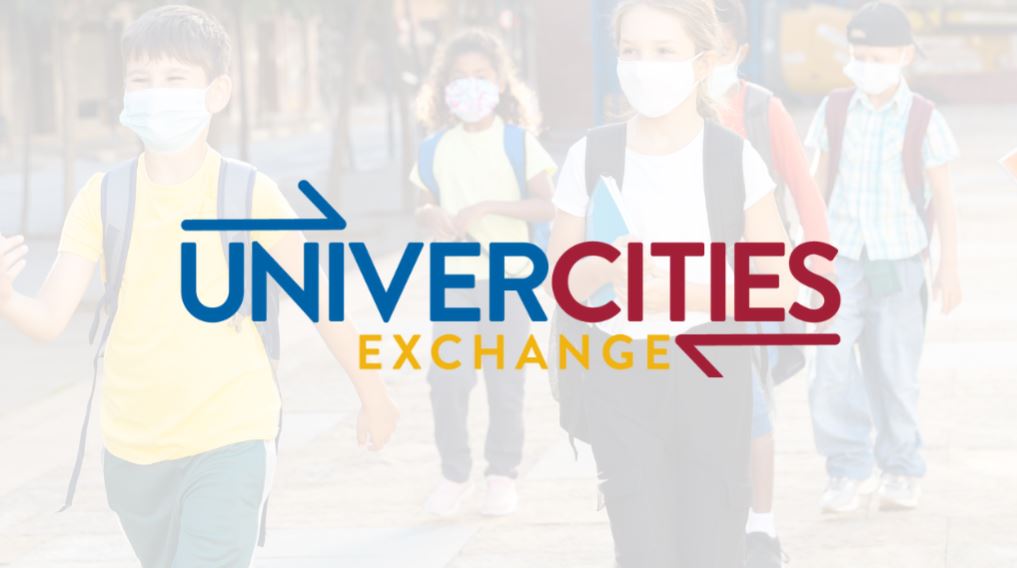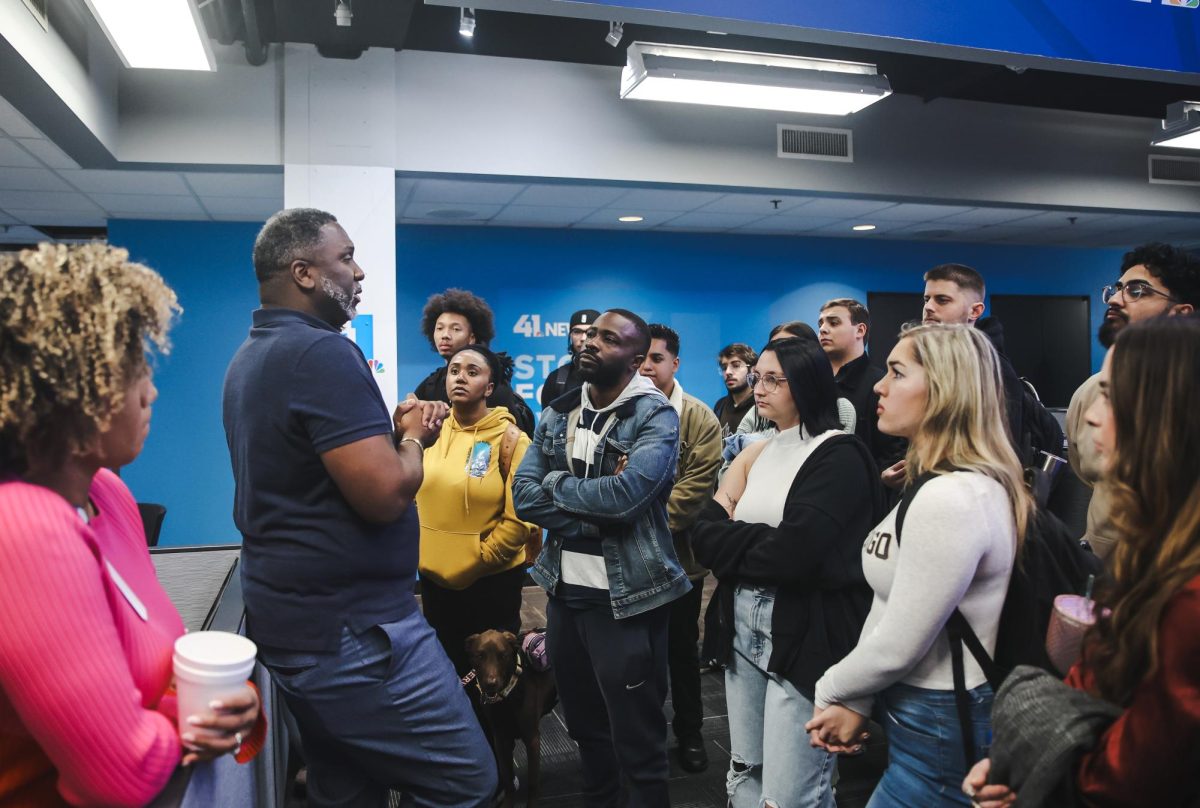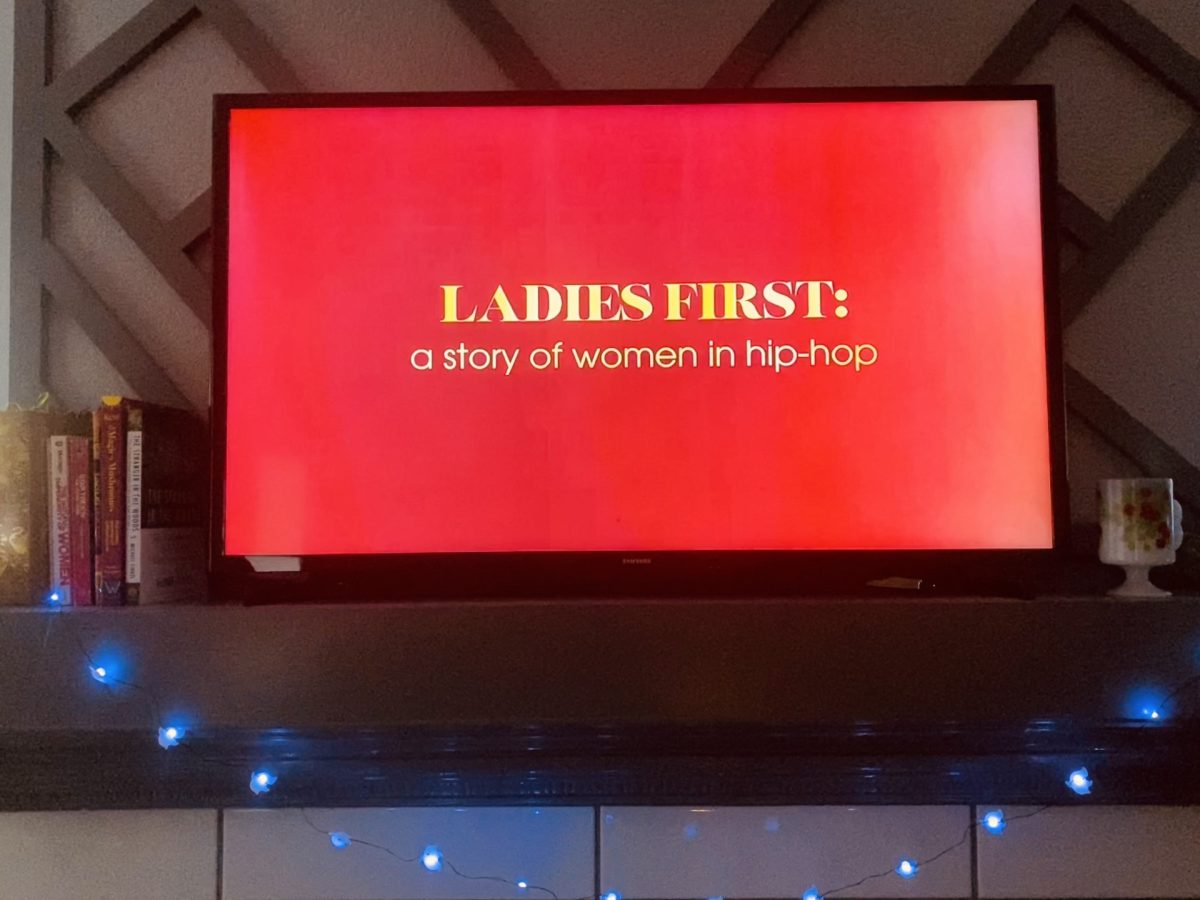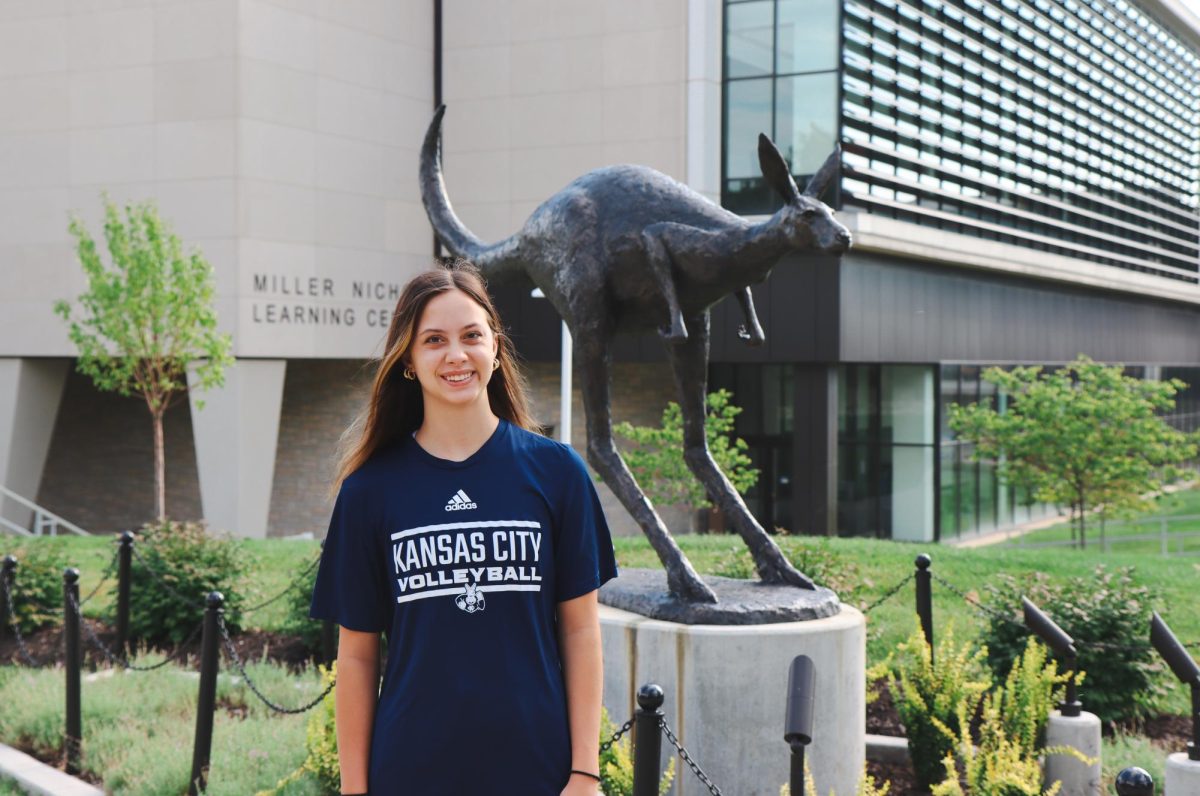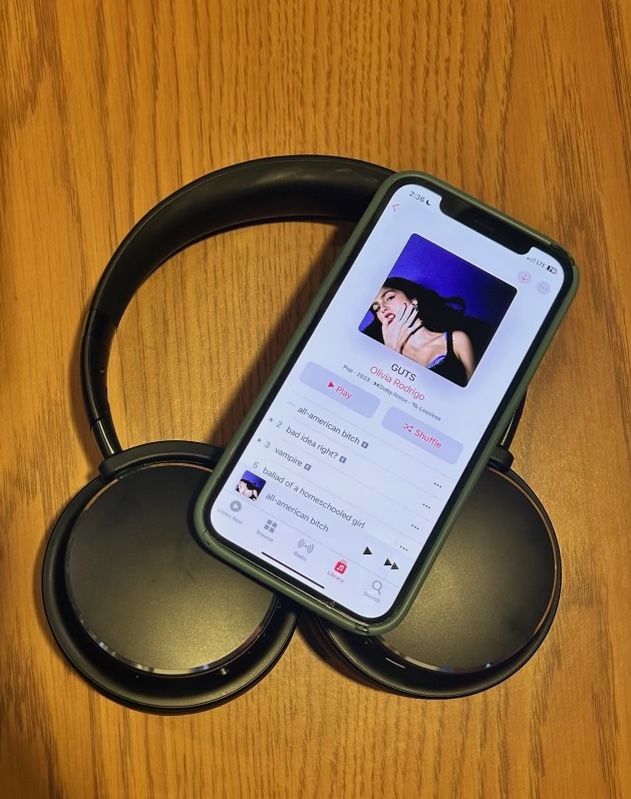UniverCities Exchange, a partnership between UMKC and the University of Missouri-St. Louis (UMSL), held a virtual event earlier this month to discuss the mental health issues and adversities commonly faced by Missouri schoolchildren.
Since COVID-19, mental health crises in children and young adults have skyrocketed. UMKC communications professor and event moderator Steve Kraske mentioned that suicide rates among youth seemed to stabilize at one point, but they have quickly risen back up at an alarming rate that even surpasses other demographics.
“Death by suicide has been the second-highest cause of mortality in American youth for a number of years,” Kraske said. “In September, the CDC released another report that stated that our country saw an averaging increase of 57% in those numbers from 2007 to 2018.”
Kraske continued by elaborating on the demographic features of these suicide statistics.
“Mortality data has shown that suicide rates for American youth remain highest in boys,” Kraske said. “Lately we’ve seen the suicide rates of Black youth rising. A report found that the suicide rate of Black males from 18-24 increased by 47% between 2013 and 2019.”
Dr. Tyler Smith, a director in the Division of General Academic Pediatrics at Children’s Mercy Kansas City, said there are many reasons why we are seeing a rise in the suicide rates among Black youth.
“We have to look at what is happening currently in our society,” Smith said. “In addition to young people dealing with the pandemic, there was a heightened awareness of racial injustice and reckoning. There were young people that were seeing on a TV screen a gentleman literally dying before their eyes, and that is very traumatizing.”
Rachel Taube, a project director at the Missouri Institute of Mental Health, said that while these events and the pandemic were a major contributor to the increased suicide rates, cultural norms and how people are taught to handle mental conflict play a role as well.
“As we talk about suicide and these increased rates, we also have to think about what care some of those cultural norms and worries for people,” Taube said. “In certain cultures and in certain religious beliefs, it’s looked at as ‘Oh that’s just in your head, you can figure it out,’ and ‘You’re a smart person, you’ll be okay’ or things that push mental health or mental illness concerns and issues aside and make it be that person’s issue to handle and deal with.”
Erika Gibbs, dean at Citizens of the World Charter School in Kansas City, said that while students are glad to be back in physical classrooms and engage with their peers, there have been mental ramifications.
“We have many of our students that are experiencing anxiety and emotional trauma,” Gibbs said. “Many have lost family due to the pandemic. We have students who have parents who are critically ill with COVID and students who have had it themselves.”
Many schools and colleges, such as Gibbs’ charter school, have implemented services to better support students and staff mentally.
“We have a family support social worker on staff who helps families with transportation, uniforms, food and help with other services available in the community,” Gibbs said. “We have that, and we are still in need. We’re just all-hands-on-deck doing the best we can to ensure that we are able to provide whatever we can.”
Gibbs continued to emphasize the need for additional physical and mental resources for school systems as they move forward into a post-pandemic world.
“We absolutely do need more resources,” Gibbs said. “I think schools all over are doing the best with what we have.”
tmc82h@umkc.edu


